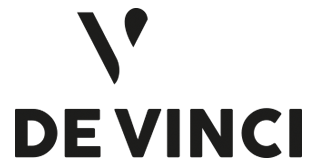@article{barlatier_2028,
title = {Configurations of social media-enabled strategies for open innovation, firm performance, and their barriers to adoption},
author = {Pierre-Jean Barlatier and Emmanuel Josserand and Jan Hohberger and Anne-Laure Mention},
url = {https://doi.org/10.1111/jpim.12647},
year = {2023},
date = {2023-01-01},
journal = {Journal Of Product Innovation Management},
volume = {40},
number = {1},
pages = {30-57},
abstract = {The use of social media offers tremendous innovation potential. Yet, while cur-rent research emphasizes success stories, little is known about how firms canleverage the full potential of their social media use for open innovation. In thispaper, the authors address this gap by conducting a configurational analysis todevelop an integrative taxonomy of social media-enabled strategies for openinnovation. This analysis stems from the integration of internal and externalvariables such as social media communication activities, organizational inno-vation seekers, potential innovation providers, the stages of the open innova-tion process, and their relationship with different performance outcomes andbarriers to social media adoption for open innovation. Through an empiricalstudy of 337 firms based in eight countries, four clusters have been identifiedthat are characterized as distinct strategies:?marketing semi-open innovators,??cross-department semi-open innovators,??cross-department full processsemi-open innovators?and?broad adopters open innovators.?The findingsreveal the trade-offs associated with different strategies for implementingsocial media for open innovation and provide insights of the use of these strat-egies. By doing so, they suggest a more nuanced approach that contrasts withthe traditionally positive (or even rosy) depiction of the effects of social mediaon open innovation. Accordingly, managers are encouraged to contemplatetheir organizational competencies, capabilities, and their strategic intent whendrafting social media strategies for open innovation. Selective approaches,along with greater adoption leading to greater benefits, are shown to be morerewarding than a middle way that spreads things too thin. Avenues for furtherresearch include qualitative explorations of the trajectories unfolding throughimplementing social media strategies for innovation activities and the use ofobjective performance measures rather than subjective perceptions from informants to understand the complex relationships between social mediaadoption and performance.},
keywords = {},
pubstate = {published},
tppubtype = {article}
}












